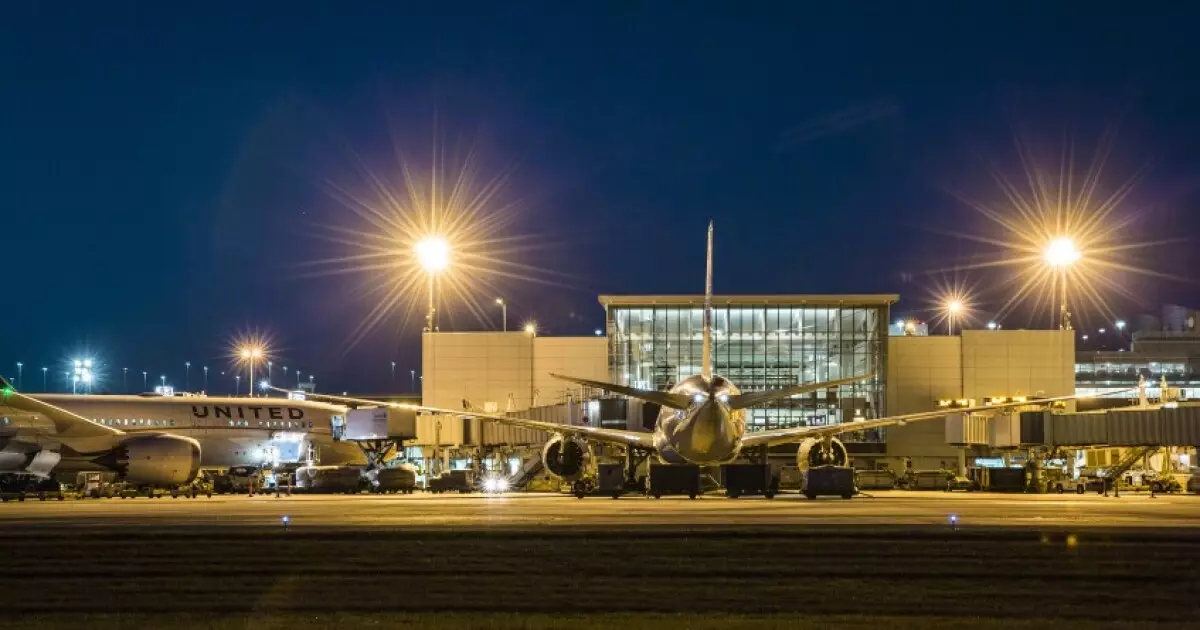Houston’s latest bond issuance aimed at bolstering its airport infrastructure seems promising on the surface, yet beneath the glossy veneer lies an uncomfortable reality: overconfidence in passenger traffic growth. The city plans to raise nearly $720 million to fund an extensive capital improvement plan (CIP) for its airport system, with expectations of consistent growth and fiscal stability. However, as a center-right observer skeptical of unchecked public spending and overly optimistic projections, I see this as a gamble that may not pay off in the long run.
While the rating agencies—KBRA and S&P—highlight the airport system’s “favorable” passenger growth and strong service area, their tone veils a degree of complacency. The projected increase at IAH from 23.7 million passengers in 2024 to 28.4 million in 2032, and at Hobby Airport from 7.3 to 8.5 million, relies heavily on assumptions about continued airline loyalty, economic stability, and sustained demand for air travel. These forecasts are fragile; external shocks such as economic downturns, geopolitical tensions, or shifts toward alternative transportation modes could destabilize these numbers, leaving Houston with expensive debt obligations but underwhelming passenger revenues.
Furthermore, the city’s reliance on United Airlines’ dominant market share (73% at IAH) introduces systemic risk. A single carrier’s decisions—be they strategic shifts or financial instability—can significantly impact revenue streams. This concentration exposes the airport’s financing structure to airline business risks, which are often beyond local authorities’ control. The assumption that passenger volume will steadily increase on the basis of current performance can be overly optimistic, especially when the airline industry remains volatile and susceptible to external shocks.
Debt Strategy and Its Long-term Implications
The bond issuance strategy raises valid concerns about fiscal discipline. Houston is issuing bonds secured by the airport’s net revenue, but a sizable chunk—$695.6 million of subordinate lien revenue bonds—are subject to the alternative minimum tax (AMT). This indicates an intricate layering of debt, and while current ratings suggest a stable outlook, they could quickly sour if revenue projections falter or if operational costs rise unexpectedly.
Most alarmingly, the city’s plan to use some cash and additional debt to fund a multi-billion-dollar CIP illustrates a pattern of aggressive borrowing advised by a handful of financial managers and underwriters. The total CIP of nearly $3 billion for just a five-year window sounds ambitious, but it could also be a blueprint for future fiscal strain. Managing such a debt load becomes increasingly difficult if passenger revenues slow down, or if the airport system’s costs—like maintenance, security, or upgrades—outpace revenue growth.
Moreover, the absence of senior lien bonds and the existence of subordinate debt suggest a layered risk structure that could be problematic if revenue streams are disrupted. The reliance on short-term refinancing and the assumption that future enplanement growth will meet forecasts over a decade is a precarious gamble on the city’s short-term stability and long-term fiscal health.
Market Sentiment and Political Overreach
Rating agencies have granted an optimistic outlook, but their assessments often underappreciate political and economic volatility. The positive revision by KBRA and the AA-minus rating from others seem to reflect current momentum rather than a guarantee of future fiscal resilience. In a climate where fiscal conservatism should guide public spending, Houston’s aggressive infrastructure push appears to opt for future dependency on rising revenues, a strategy that may not withstand unforeseen downturns.
Houston’s approach appears emblematic of a broader trend among municipalities that prioritize grand infrastructure projects as economic catalysts, but often at the expense of prudent financial planning. Relying on soaring passenger numbers as a primary revenue source risks overextension, especially when airline loyalty and consumer behavior can shift unexpectedly. As such, these bonds may be more an act of optimistic forecasting than a careful financial plan—a gamble on continued growth that could backfire in a less friendly economic climate.
The political allure of modernizing and expanding Houston’s airport system is undeniable, but a balanced viewpoint urges caution. Public officials should prioritize fiscal responsibility over the temptation of ambitious projects supported by easily accessible debt markets and glowing credit ratings. Without rigorous safeguards and diversification of revenue sources, Houston could find itself burdened with costly debt and underperforming assets well before the next economic downturn.
In essence, Houston’s airport bond strategy exemplifies hubris masked as confidence. The city’s reliance on continued growth, airline stability, and the benign assumption of future fiscal circumstances should be critically questioned. As fiscal conservatives, we must challenge the narratives that fuel these aggressive borrowing intentions and emphasize that sustainability and prudent planning are the true hallmarks of long-term success.

